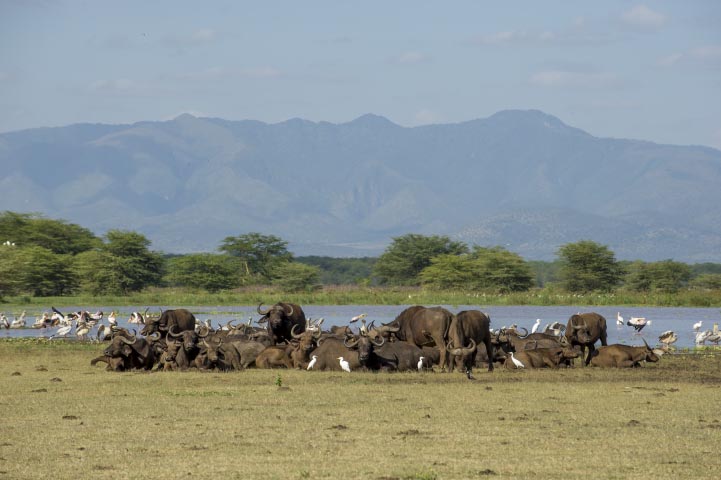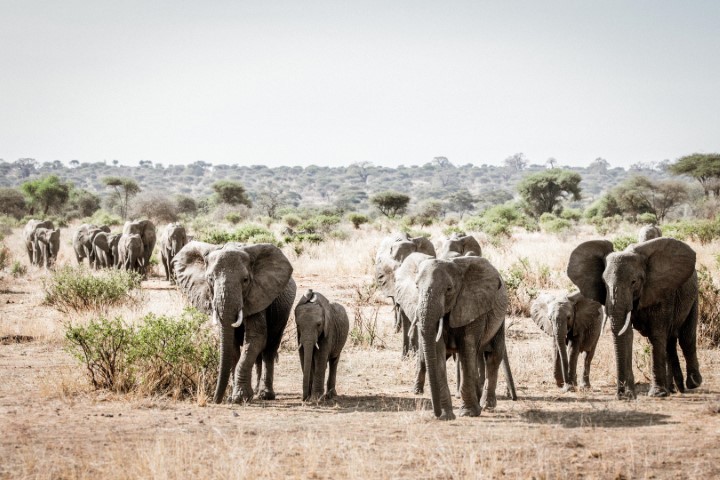A Breathtaking Odyssey of Wildlife
Serengeti National Park

Welcome to Serengeti National Park, a sanctuary of unrivalled natural beauty and the final bastion of a pristine grazing ecosystem. Behold expansive plains that ripple endlessly, a canvas teeming with a rhythm as ancient as time.
Annually, the Serengeti hosts a spectacle like no other – the Great Wildebeest Migration. Witness over 1.2 million wildebeests, zebras, and antelopes chart their timeless course across the vastness, driven by an innate quest for sustenance and survival, painting a vivid narrative of nature’s indomitable spirit.
As this saga unfolds, the savanna becomes a theatre of life and death. Mighty lions and cunning hyenas shadow the vast herds while lurking beneath the waters; the Nile’s titanic crocodiles await their moment of destiny.
Recognised as a World Heritage site, the Serengeti stands as a symbol of Africa’s rich biodiversity. The Maasai aptly named it the “endless plains,” It is a sanctuary teeming with the highest concentration of plains animals globally.
Spanning 14,763 sq km, the Serengeti cradles over 4 million large mammals within its embrace, offering a sanctuary of unbridled freedom. Here, you can encounter 35 species of plains animals and spot over 400 distinct bird species adorning the African sky.
Reasons to visit Serengeti National Park
- Immerse yourself in a unique savanna ecosystem teeming with two million large mammals and a diverse array of East African plains species.
- Bear witness to the phenomenal Great Wildebeest Migration.
- Encounter Africa’s iconic predators in their natural habitat.
- Revel in the park’s breathtaking natural beauty, characterised by expansive, grassy plains and scenic kopjes.
- Discover why it is consistently rated as a top safari destination.
What to Do
- Embark on thrilling game drives and birdwatching expeditions.
- Soar above the plains on a balloon safari for an unparalleled perspective.
- Traverse the savannah on guided nature trails through Naabi Hill.
Getting There
- Conveniently accessible by road from Arusha.
- Avail daily scheduled flights from Arusha, Zanzibar, or Dar es Salaam.
Best Time to Visit
- The park is a year-round destination.
- Optimal wildlife viewing occurs during the dry season (late June to October), with the wildebeest migration being the pinnacle experience.
- Witness the dramatic river crossings (best seen from June to August) and the wildebeest calving season (late January to March).



